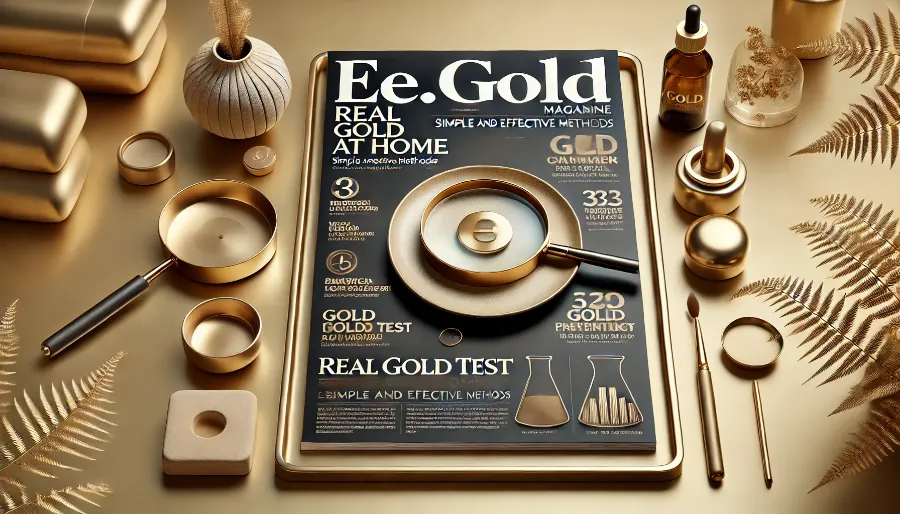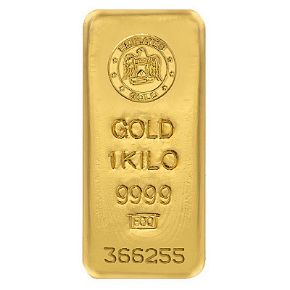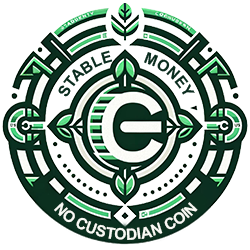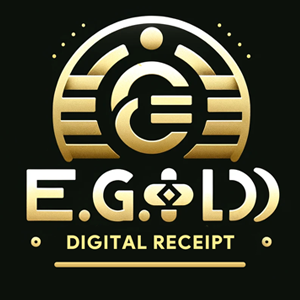
Gold has been a symbol of wealth and security for centuries, but with the rise of counterfeit and gold-plated items, it’s essential to know how to verify its authenticity. Fortunately, you don’t need professional equipment to check if your gold is real. This guide explores simple and effective methods to test real gold at home using household items.
Why Test Gold at Home?
Testing gold at home is vital for:
- Avoiding Counterfeits: Prevent purchasing fake or gold-plated items.
- Ensuring Purity: Verify the authenticity of your gold pieces.
- Building Confidence: Be sure about the value and quality of your gold.
What Tools Do You Need for Gold Testing?
The following tools and items are commonly used for at-home gold tests:
- Strong magnet
- White vinegar or lemon juice
- Ceramic plate (unglazed)
- Water container
- Magnifying glass
- Gold testing kit (optional)
These items are easy to find and inexpensive, making gold testing accessible to everyone.
How to Test Real Gold at Home: Step-by-Step Methods
1. The Magnet Test
Gold is non-magnetic, which makes this one of the simplest tests:
- Bring a strong magnet close to your gold item.
- If the item sticks to the magnet, it’s likely fake or mixed with magnetic metals.
- If it doesn’t react, it could be real gold.
2. The Vinegar Test
Acidic liquids like vinegar can help identify fake gold:
- Place the gold piece in a small bowl or container.
- Pour white vinegar over it, ensuring the item is fully submerged.
- Wait for 5–10 minutes.
- Real gold will remain unchanged, while fake gold may discolor or tarnish.
3. The Ceramic Plate Test
This test works well for identifying plated or fake gold:
- Use an unglazed ceramic plate or tile.
- Gently rub the gold item on the surface.
- A gold streak indicates real gold, while a black streak suggests it’s fake or plated.
4. The Float Test
Gold’s density makes it sink in water:
- Fill a clear container with water.
- Drop the gold item into the container.
- If it sinks immediately, it’s likely real. If it floats or hovers, it’s fake or not pure gold.
5. The Weight and Size Test
Compare your gold item’s weight and dimensions to known standards:
- Use a precise scale to measure its weight.
- Compare these measurements to a genuine gold item of the same size or design.
6. The Acid Test (Optional)
Gold testing kits include acids that react differently to various karat levels:
- Follow the instructions on the kit carefully.
- Apply a drop of acid to the gold surface.
- Observe the reaction to determine its purity or authenticity.
Who Can Use These Gold Testing Methods?
These methods are ideal for:
- Gold buyers verifying new purchases.
- Collectors ensuring the authenticity of unique pieces.
- Individuals checking inherited or second-hand gold.
When Should You Test Gold?
It’s essential to test gold in the following scenarios:
- Before purchasing from unfamiliar sources.
- After receiving gold as a gift or inheritance.
- When planning to sell or trade gold items.
Where Should You Conduct Gold Tests?
Choose a safe, well-lit, and non-sensitive area for testing:
- Use a clean workspace to avoid contamination.
- Avoid testing over delicate surfaces to prevent damage from scratches or acids.
Common Signs of Fake Gold
Be cautious if your gold item shows these characteristics:
- Magnetic reaction: Indicates the presence of other metals.
- Tarnishing: Real gold does not tarnish or corrode.
- Flaking: Gold-plated items may peel to reveal a different metal underneath.
- Unusual weight: Fake gold is often lighter than real gold.
Benefits of Testing Gold at Home
- Cost-Effective: Save on professional testing fees by using DIY methods.
- Convenient: Perform tests anytime without relying on external services.
- Quick Results: Get immediate answers about your gold’s authenticity.
Limitations of Home Gold Testing
While these methods are effective for basic testing, they have some limitations:
- Purity Levels: Home tests cannot accurately determine karats.
- Heavily Plated Items: Some tests may not detect thick gold plating.
- Risk of Damage: Certain methods, like scratching or acid tests, may harm delicate pieces.
FAQs About Real Gold Testing at Home
- Can I test gold jewelry with gemstones?
Avoid using acid or abrasive methods, as they may damage the stones. - Is real gold always non-magnetic?
Yes, pure gold is non-magnetic, but some alloys may have slight magnetic properties. - How accurate are home gold tests?
They’re reliable for detecting fake gold but not precise enough to determine karats. - Does real gold tarnish?
No, pure gold does not tarnish or corrode. - Can I use lemon juice instead of vinegar?
Yes, lemon juice is a suitable alternative for acidity-based tests. - What if my gold fails the tests?
Consult a professional jeweler or testing service for further verification. - Are gold-plated items valuable?
Gold plating has minimal value compared to solid gold. - Do home tests work for white gold?
Yes, but additional methods may be needed to confirm authenticity. - Can I test gold with household chemicals?
Yes, vinegar and lemon juice are safe options for testing. - How often should I test my gold?
Test whenever you acquire new or uncertain pieces.
Next Steps for Testing Gold at Home
- Gather the necessary tools like vinegar, a magnet, and a ceramic plate.
- Perform multiple tests for more reliable results.
- Take professional help if the authenticity remains unclear.
Why Testing Gold Matters
Testing gold at home ensures you’re not deceived by counterfeit or low-quality items. By following these simple methods, you can confidently assess your gold’s authenticity and make informed decisions about buying, selling, or keeping it. Whether you’re verifying a new purchase or exploring family heirlooms, these DIY tests empower you to protect your investment and appreciate the timeless value of real gold.
How to Maintain and Store Gold After Testing
Once you’ve confirmed the authenticity of your gold, proper care and storage are essential to preserve its value and condition. Here’s how to handle and store your gold effectively:
1. Clean Gold Carefully
- Use a soft cloth and warm, soapy water to clean your gold items.
- Avoid abrasive cleaners that could scratch or damage the surface.
2. Store in a Safe Place
- Home Safe: Invest in a fireproof and tamper-proof safe for small items like coins or jewelry.
- Bank Locker: A secure option for long-term storage of valuable gold.
- Professional Vault: Many gold storage facilities offer insured vaults specifically designed for precious metals.
3. Protect Against Scratches
- Store gold coins and bars in plastic cases or soft pouches.
- Keep jewelry in separate compartments to avoid scratching.
4. Avoid Exposure to Chemicals
- Remove gold jewelry before swimming in chlorinated water or using cleaning products.
- Store gold away from moisture to prevent discoloration of alloys.
5. Keep Documentation Safe
- Retain certificates of authenticity, invoices, and assay cards in a secure location.
- These documents add to the value of your gold and simplify resale.
When to Seek Professional Gold Testing
Although home tests are effective for initial verification, certain situations may require professional evaluation:
- High-Value Items: Expensive pieces or unique designs may benefit from advanced testing.
- White Gold or Complex Alloys: These may require specialized equipment to assess purity accurately.
- Resale or Appraisal: Professional tests provide official documentation for insurance or resale purposes.
Advanced Methods for Gold Testing
For those looking for precise results, these advanced techniques are available:
- X-Ray Fluorescence (XRF): A non-destructive method that analyzes gold’s elemental composition.
- Ultrasound Testing: Detects internal structures, ensuring the gold is not hollow or counterfeit.
- Fire Assay: A highly accurate but destructive test to determine gold purity.
These methods are often available at jewelers, gold dealers, or specialized testing centers.
Why Gold Testing is Growing in Importance
The increase in counterfeit gold items has made testing more crucial than ever. With advanced counterfeiting techniques, even experienced buyers can be deceived. By incorporating gold testing into your buying and selling practices, you protect your investment and ensure authenticity.
The Role of Technology in Gold Testing
Modern technology is revolutionizing how we test gold. Innovations include:
- Portable Spectrometers: Compact devices that offer on-the-spot composition analysis.
- Blockchain Tracking: Digital records provide traceability from mine to market.
- Mobile Apps: Some platforms help verify hallmarks and gold content.
These tools make gold testing more accessible and reliable than ever.
Common Myths About Gold Testing
- “Gold always looks shiny.”
Fake gold can mimic gold’s appearance; testing is the only way to be sure. - “Gold-plated items are as valuable as solid gold.”
Plating has minimal value compared to solid gold. - “Magnetic tests are foolproof.”
Some fake gold items are non-magnetic; combine methods for accuracy.
FAQs Continued
- Can I test antique gold at home?
Yes, but handle delicate items carefully to avoid damage. - What’s the best test for gold-plated items?
The scratch test or acid test is most effective for identifying plating. - Can I test gold chains using these methods?
Yes, ensure the chain is clean and free from coatings before testing. - Is gold testing at home safe?
Yes, but avoid using harsh chemicals in poorly ventilated areas. - Can white gold fail the vinegar test?
White gold may appear unchanged but requires additional testing to confirm its alloy composition.
Conclusion: Empower Your Gold Ownership
Testing real gold at home is a simple yet powerful way to ensure the authenticity and value of your precious items. By using these easy methods, you can protect yourself from counterfeit gold, build confidence in your purchases, and safeguard your financial investments. Whether you’re a casual collector or a serious investor, these techniques empower you to make informed decisions and enjoy the timeless allure of genuine gold.
Take control of your gold ownership today—your wealth, traditions, and investments deserve nothing less than authenticity and peace of mind.
NOTE
This Content is the copyrighted content of EE.GOLD. All rights are reserved. You are welcome to share or use our content only by including direct links to our website. Any other form of reproduction, distribution, or use without proper attribution is strictly prohibited.
This Content is intended solely for educational purposes. The information provided does not constitute financial or investment advice.
Please note that Digital Storage Receipt, Secure Storage Solutions, and Physical Gold Sales are the only services offered by EE.GOLD.
We strictly adhere to government regulations and are firmly against all illegal financial or investment activities globally.
For further inquiries, feel free to contact us through our official channels.










.png)

